Breadcrumb
Electrochemical stability analysis of red phosphorus-based anode for lithium-ion batteries
Red phosphorus and sulfurized polyacrylonitrile (RP-SPAN) composite has recently shown promising results as an anode material in lithium-ion battery applications. However, the stability analysis of its dynamic response has not been investigated yet. In this study we use the transfer function stability analysis, the Kramers-Kronig (KK) integral relations, and the differential capacity analysis to evaluate the cell's behavior in both frequency and time domains in terms of stationarity, stability, linearity, as well as dissipation and degradation with extended charge/discharge cycling. The
On new fractional inverse matrix projective synchronization schemes
In this study, the problem of inverse matrix projective synchronization (IMPS) between different dimensional fractional order chaotic systems is investigated. Based on fractional order Lyapunov approach and stability theory of fractional order linear systems, new complex schemes are proposed to achieve inverse matrix projective synchronization (IMPS) between n-dimension and m-dimension fractional order chaotic systems. To validate the theoretical results and to verify the effectiveness of the proposed schemes, numerical applications and computer simulations are used. © Springer International
On new fractional inverse matrix projective synchronization schemes
In this study, the problem of inverse matrix projective synchronization (IMPS) between different dimensional fractional order chaotic systems is investigated. Based on fractional order Lyapunov approach and stability theory of fractional order linear systems, new complex schemes are proposed to achieve inverse matrix projective synchronization (IMPS) between n-dimension and m-dimension fractional order chaotic systems. To validate the theoretical results and to verify the effectiveness of the proposed schemes, numerical applications and computer simulations are used. © Springer International
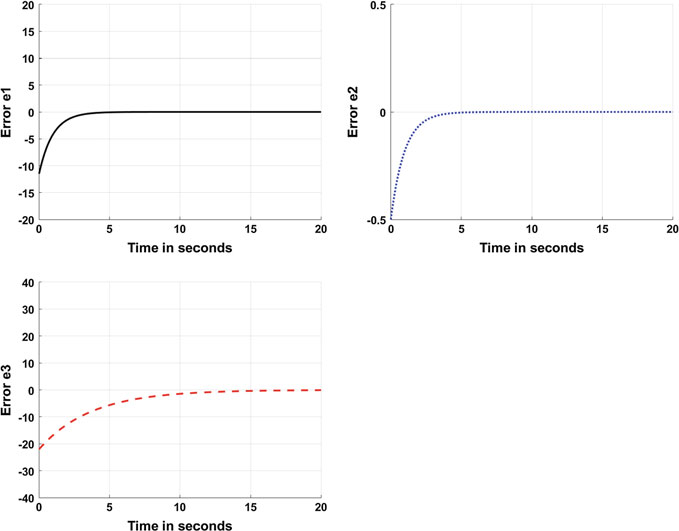
A new method to synchronize fractional chaotic systems with different dimensions
By using two scaling function matrices, the synchronization problem of different dimensional fractional order chaotic systems in different dimensions is developed in this chapter. The controller is designed to assure that the synchronization of two different dimensional fractional order chaotic systems is achieved using the Lyapunov direct method.Numerical examples and computer simulations are used to validate numerically the proposed synchronization schemes. © Springer International Publishing AG 2017. All rights reserved.

A new method to synchronize fractional chaotic systems with different dimensions
By using two scaling function matrices, the synchronization problem of different dimensional fractional order chaotic systems in different dimensions is developed in this chapter. The controller is designed to assure that the synchronization of two different dimensional fractional order chaotic systems is achieved using the Lyapunov direct method.Numerical examples and computer simulations are used to validate numerically the proposed synchronization schemes. © Springer International Publishing AG 2017.
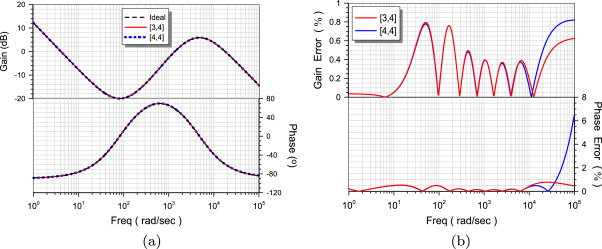
Realizations of fractional-order PID loop-shaping controller for mechatronic applications
A novel procedure for the realization of a fractional-order PID loop-shaping controller, suitable for precision control of mechatronic systems, is introduced in this work. Exploiting appropriate tools, the controller function is approximated as a whole, leading to a simple form of integer-order approximation, when compared to the case where each intermediate part of the PID transfer function is approximated. This leads to a direct implementation, composed of conventional active and passive elements. Simulation and experimental results, derived from the OrCAD PSpice simulator and a Field
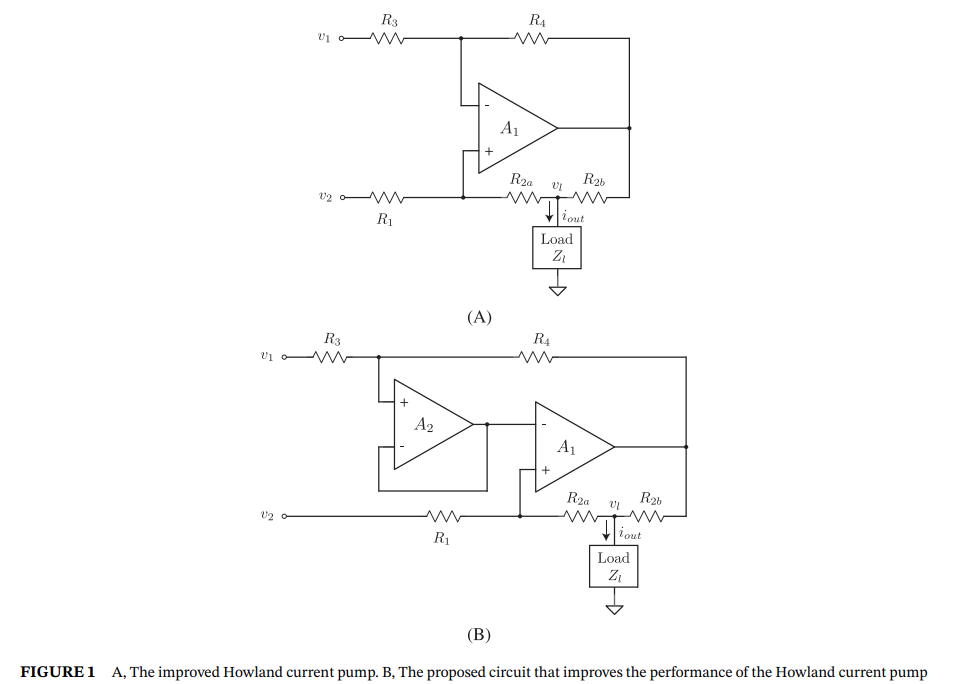
Enhancing the improved Howland circuit
In this paper, an enhanced version of the improved Howland circuit is proposed. An improvement in output impedance to a maximum factor of two is obtained. The theoretical derivation is presented, including analysis from a two-port network perspective, and both simulation and experimental results using a general purpose opamp confirm the expected result. © 2019 John Wiley & Sons, Ltd.
Power-law compensator design for plants with uncertainties: Experimental verification
A power-law compensator scheme for achieving robust frequency compensation in control systems including plants with an uncertain pole, is introduced in this work. This is achieved through an appropriate selection of the compensator parameters, which guarantee that the Nyquist diagram of the open-loop system compensator-plant crosses a fixed point independent of the plant pole variations. The implementation of the fractional-order compensator is performed through the utilization of a curve-fitting-based technique and the derived rational integer-order transfer function is realized on a Field
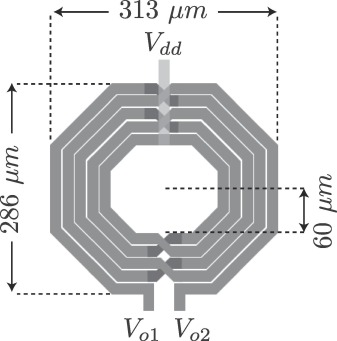
On chip 0.5 V 2 GHz four-output quadrature-phase oscillator
In this paper, we present a quadrature-phase oscillator that can provide four output voltages while operating from a single 0.5 V supply. The oscillator is based on two cross-coupled modified differential pair cells and provides signals with a phase difference of ±180° or ±90° depending on the chosen output nodes. A test chip with an active area of 0.175 mm2 was designed and fabricated in a 65-nm CMOS process and its measurement results show a phase noise of −119.5 dBc/Hz at 1 MHz offset from a carrier frequency of 1.967 GHz while consuming 6.15mW. Finally, experimental results show a FoM of
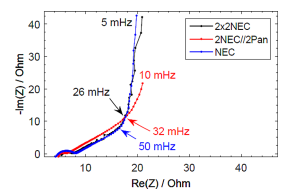
Spectral Capacitance of Series and Parallel Combinations of Supercapacitors
The porous nature of the electrode material in supercapacitors and the apparent conductivity of the electrolyte cause their impedance to show a complex frequency-dependent behavior, which in turn makes it incorrect to treat them as ideal capacitors, even at a frequency of a few millihertz. This is particularly crucial if the intended application requires a configuration that uses stacked supercapacitor banks, in which errors in defining the metrics of the individual components accumulate. Although manufacturers provide supercapacitor ratings under DC only, by using a detailed impedance
Pagination
- Previous page ‹‹
- Page 38
- Next page ››
